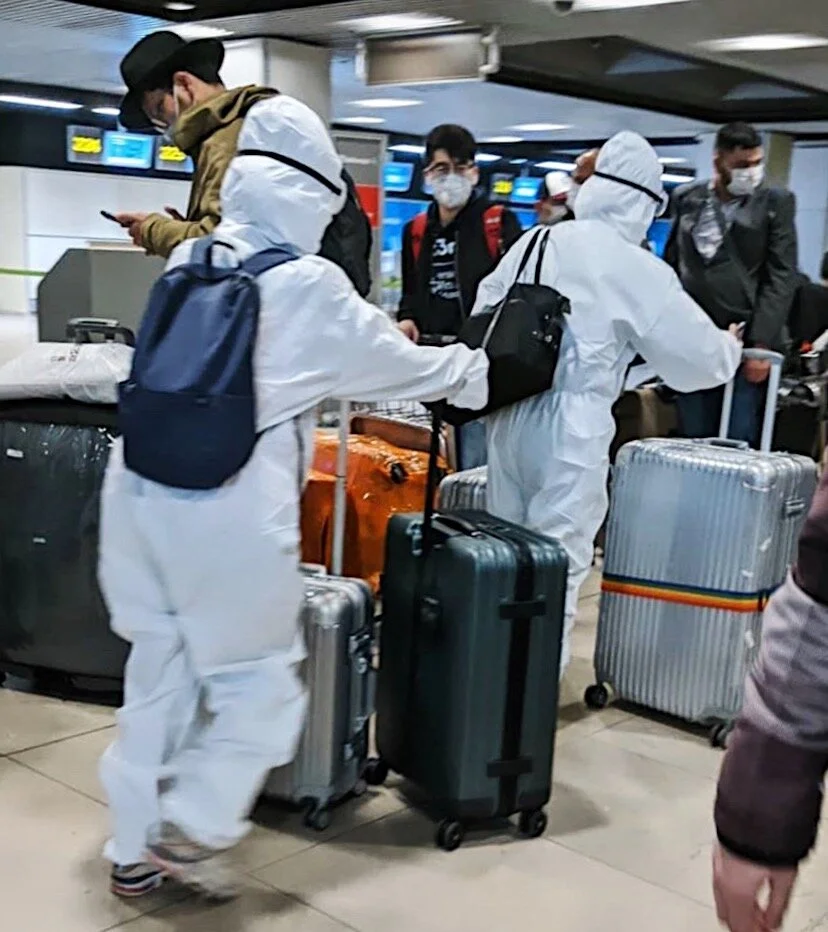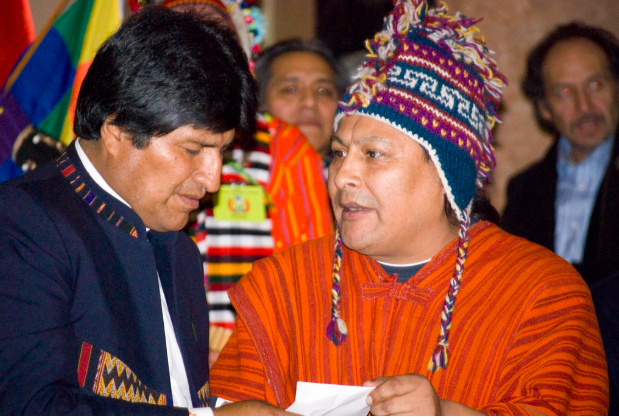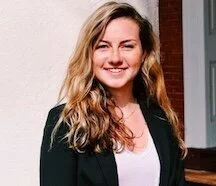Mister Rogers taught us that when things feel scary, “look for the helpers.” Today, people all over the world are stepping up to help their fellow human beings during the COVID-19 pandemic. This one’s for them—for the doctors, nurses and paramedics risking their own lives to keep us healthy; for those in the garment industry making masks for the workers on the front lines; for the chefs, the kitchen and delivery workers making sure no one goes hungry. These are the everyday heroes showing kindness and strength when we need it the most.
There are so many ways you, too, can help. If you’re looking to lend a hand, here are just a few ways you can make a difference.
Make Masks
The folks at the Minnesota Opera costume shop, EquiFit (a company that designs gear for horses and riders), Stitchroom (a custom home goods outfit) among so many others are retooling their operations to make and deliver masks to those working on the frontlines. If you’ve got a sewing machine and some free time, you can, too. Here’s what you would need.
For supplies, the most effective household materials to transform into masks include vacuum cleaner bags, dish towels, T-shirts, and pillowcases. Find more information about the efficacy of different materials right here.
There are many different types of masks you can create, from double-layered, to those with a pocket for a reusable filter. Here’s a tutorial to one of the simplest masks you can make from home. Find more mask-making resources here.
There are many different places you can donate your masks, including your local hospital. If you are looking for organizations that are helping to distribute, check out Stitchroom, and join their Facebook group for more maker resources.
Give Food
Chefs like José Andrés and Marcus Samuelsson are working to bring relief to those affected by COVID-19 through World Central Kitchen. So many other small restaurants and businesses in the US and beyond are donating food to make sure no one has to go hungry.
Save the Children and Blessings in a Backpack have teamed up with school districts to provide meals to students. You can donate to Save the Children here, and Blessings in a Backpack here.
Older adults are also among the most vulnerable right now. Meals on Wheels provides home delivery of food to seniors, and needs resources now more than ever. You can donate here.
Food banks are also facing an increased need during this time. Feeding America has set up a COVID-19 Response Fund to support its 200 food banks nationwide, and has set up mobile, drive-through distribution points.
Support Healthcare Workers
People like 16-year-old pilot TJ Kim and the motorcyclists at Masks for Docs are going the distance to deliver PPE to healthcare workers. Here’s how you can help, too.
The World Health Organization, the UN Foundation and the Swiss Philanthropy Foundation have come together to create the COVID-19 Solidarity Response Fund to finance diagnostic tests, buy supplies for healthcare workers and fund research efforts. You can donate here.
International Medical Corps is working with WHO to provide training, supplies and emergency medical response planning in high-risk locations. You can donate here.
Direct Relief is supplying health authorities in the US and China with protective equipment they need right now. You can donate here.
THIS ARTICLE WAS ORIGINALLY PUBLISHED ON GREAT BIG STORY




























